Terminal is also part of the macOS operating system. This powerful and highly useful utility is especially neglected by many ordinary, less experienced users. With the help of Terminal on Mac, you can perform a variety of operations, and working with Terminal can make your work easier and save time in many cases. Let's get acquainted with the absolute basics of Terminal on Mac in today's article.
It could be interest you
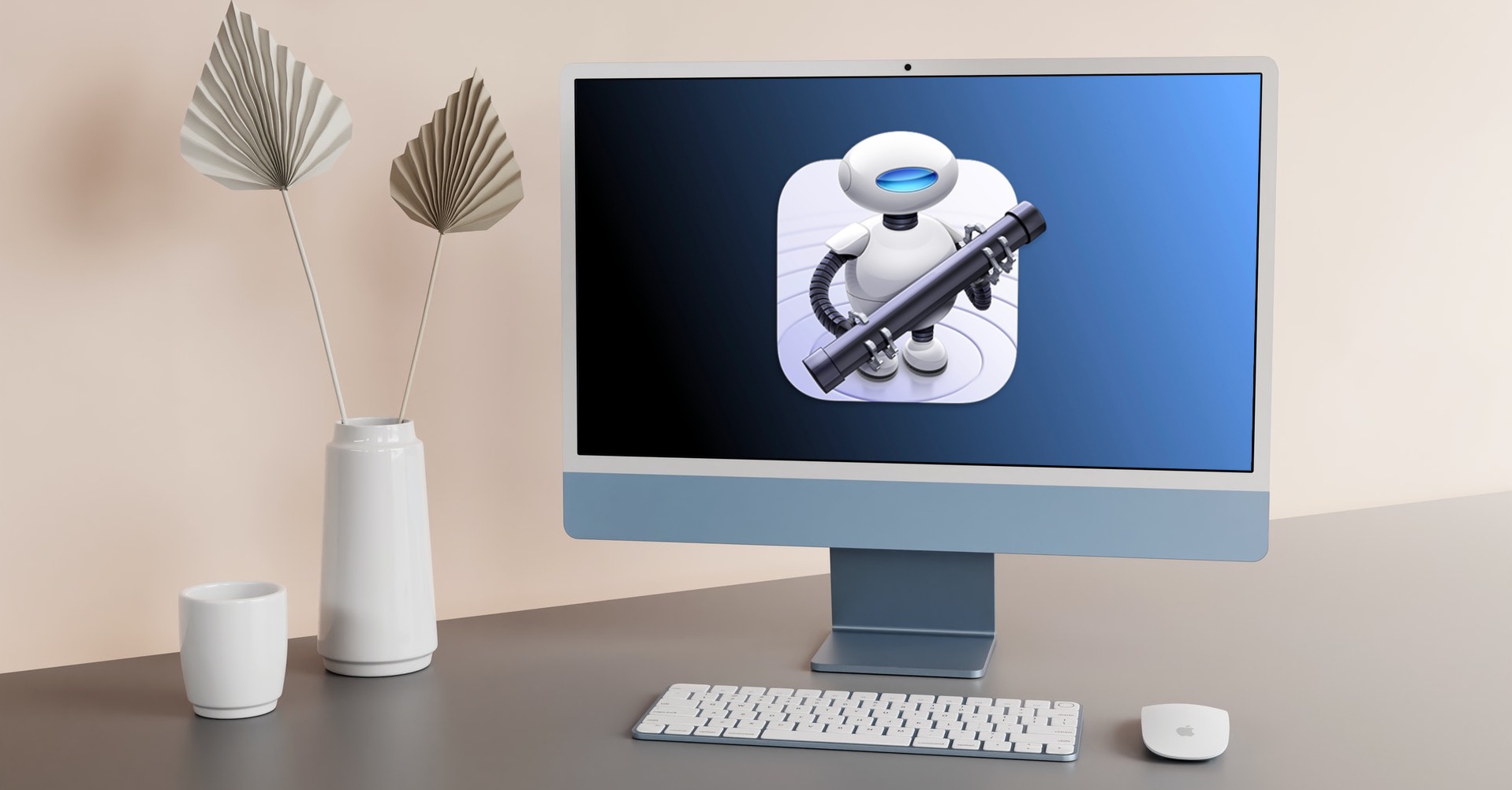
What is Terminal and where can I find it?
Terminal on Mac serves as an application through which you can work with your computer using the command line. There are two basic ways to access Terminal on a Mac. One of these ways is to launch the Finder, click on Applications -> Utilities, then click on Terminal. You can also activate the Terminal on a Mac by pressing Cmd + Spacebar to launch Spotlight, typing "Terminal" and pressing Enter.
Terminal customization and appearance
The terminal is not a classic graphical user interface. This means that you can't work with a mouse or trackpad in it like you can in the Finder, for example. However, in Terminal on a Mac, you can use the mouse to, for example, highlight text to copy, delete, or paste. Let's now take a look together at what the Terminal actually tells you after it starts. After launching the Terminal, you should see an indication of the last time you opened this application at the top of it. Below this information should be a line with the name of your computer and user account - a blinking cursor at the end of this line is waiting for your commands.
But let's wait a little longer before entering the commands and take a closer look at the appearance of the Terminal. Just because it's not a classic graphical user interface doesn't mean you can't play around a bit with the look of the Terminal. If you're not comfortable with the current look of Terminal on your Mac, click Terminal -> Preferences in the menu bar at the top of the screen. By clicking the Profiles tab at the top of the preferences window, you can view all the themes available for Terminal. Choose the one that suits you best and you can customize other details of the appearance in the main part of the profile tab window. In the General tab, you can then choose what the Terminal will look like after it starts.
Importing new profiles into the Terminal
You can download additional profiles for Terminal on Mac for example here. Select the profile that interests you and right-click on the Download inscription to the right of the profile name. Choose Save link as… and confirm the save. Launch Terminal and click Terminal -> Preferences from the menu bar at the top of your Mac screen. Head to the Profiles tab again, but this time at the bottom of the panel on the left side of the preferences window, click the wheel with three dots and choose Import. Then just select the profile you downloaded a while ago and add it to the list.
With the help of today's short and simple guide, we got to know the Terminal. In the next part, we will look in more detail at how and with the help of which commands you can work with files and folders in Terminal on Mac.
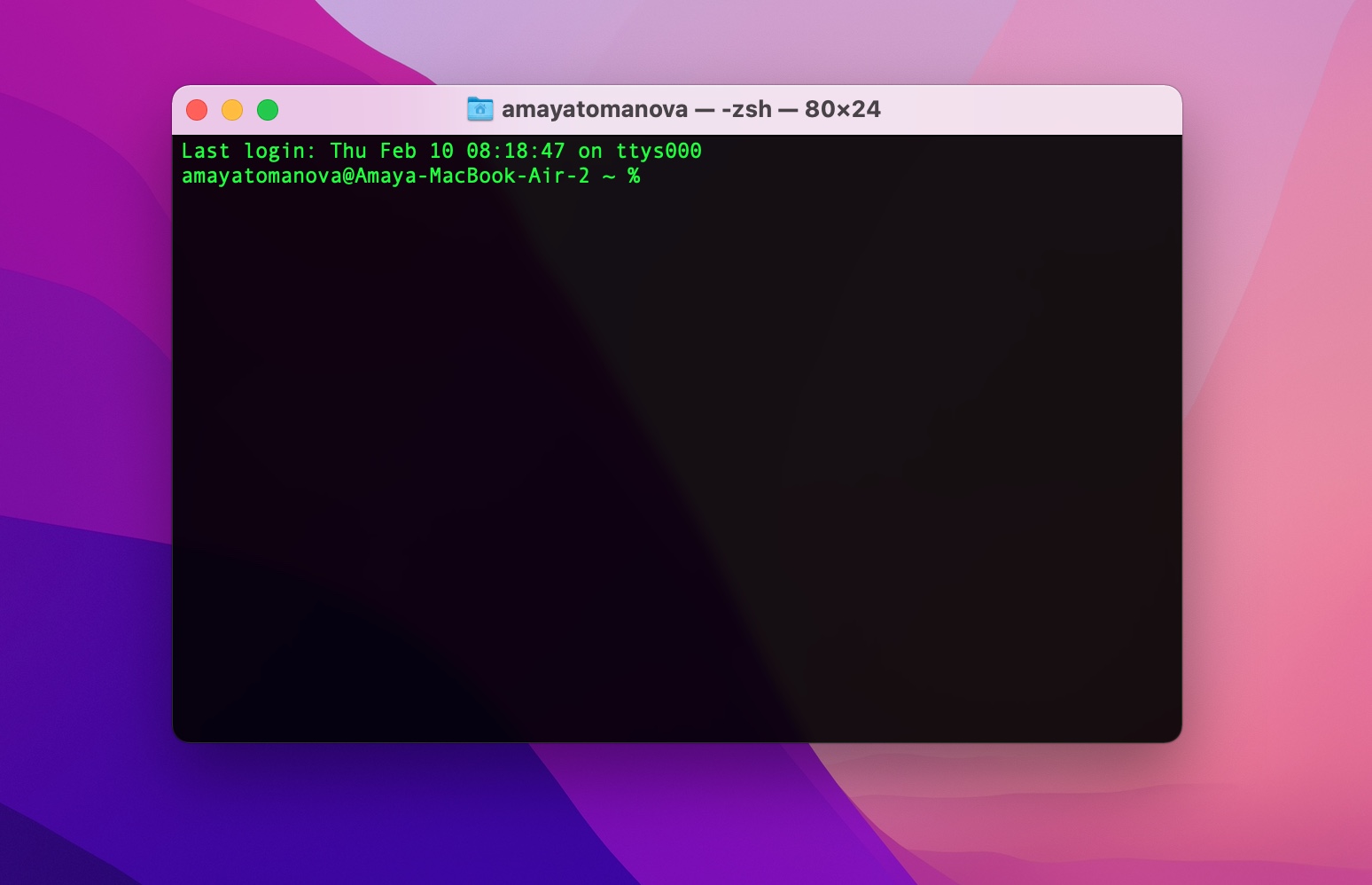
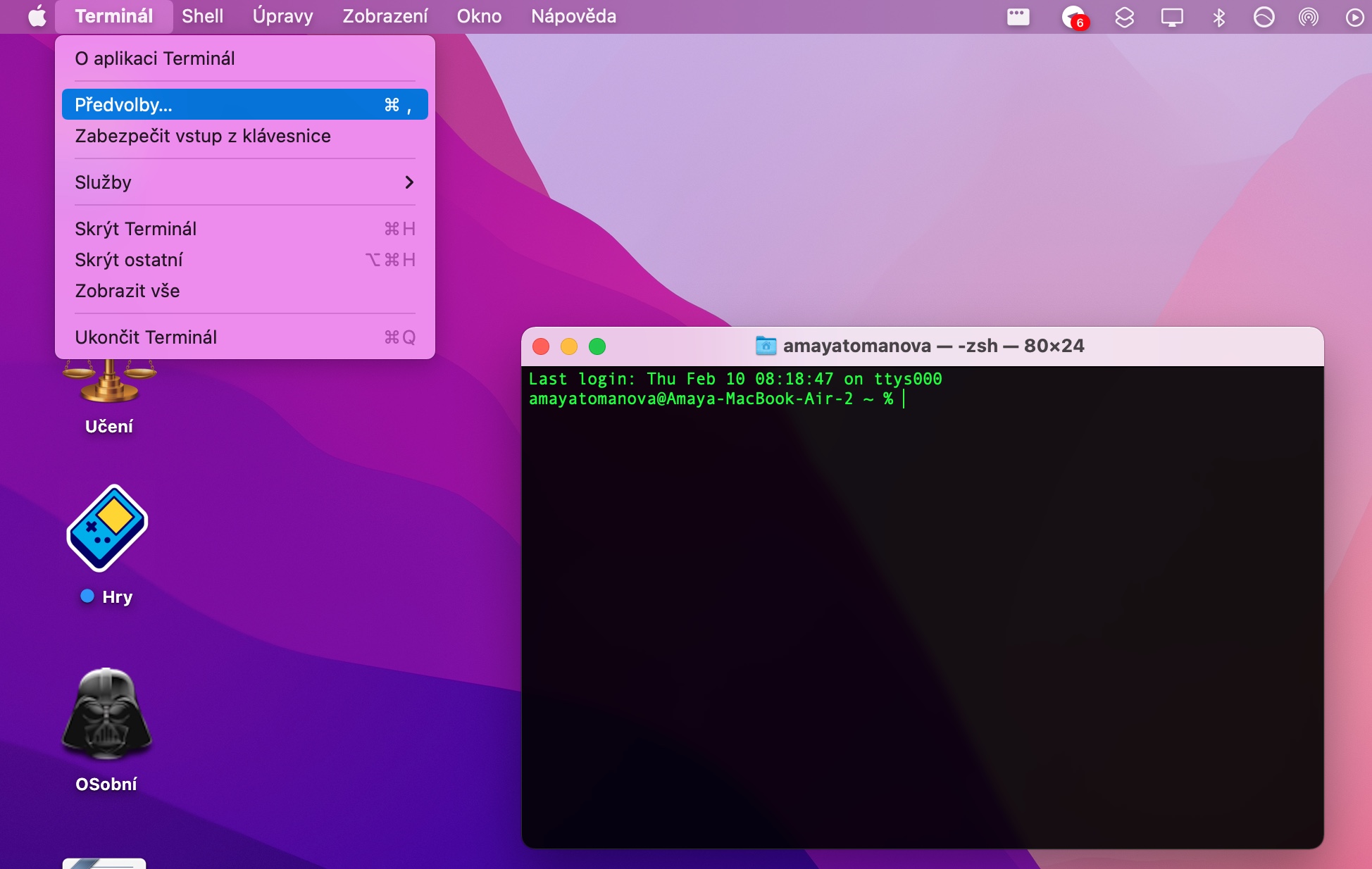
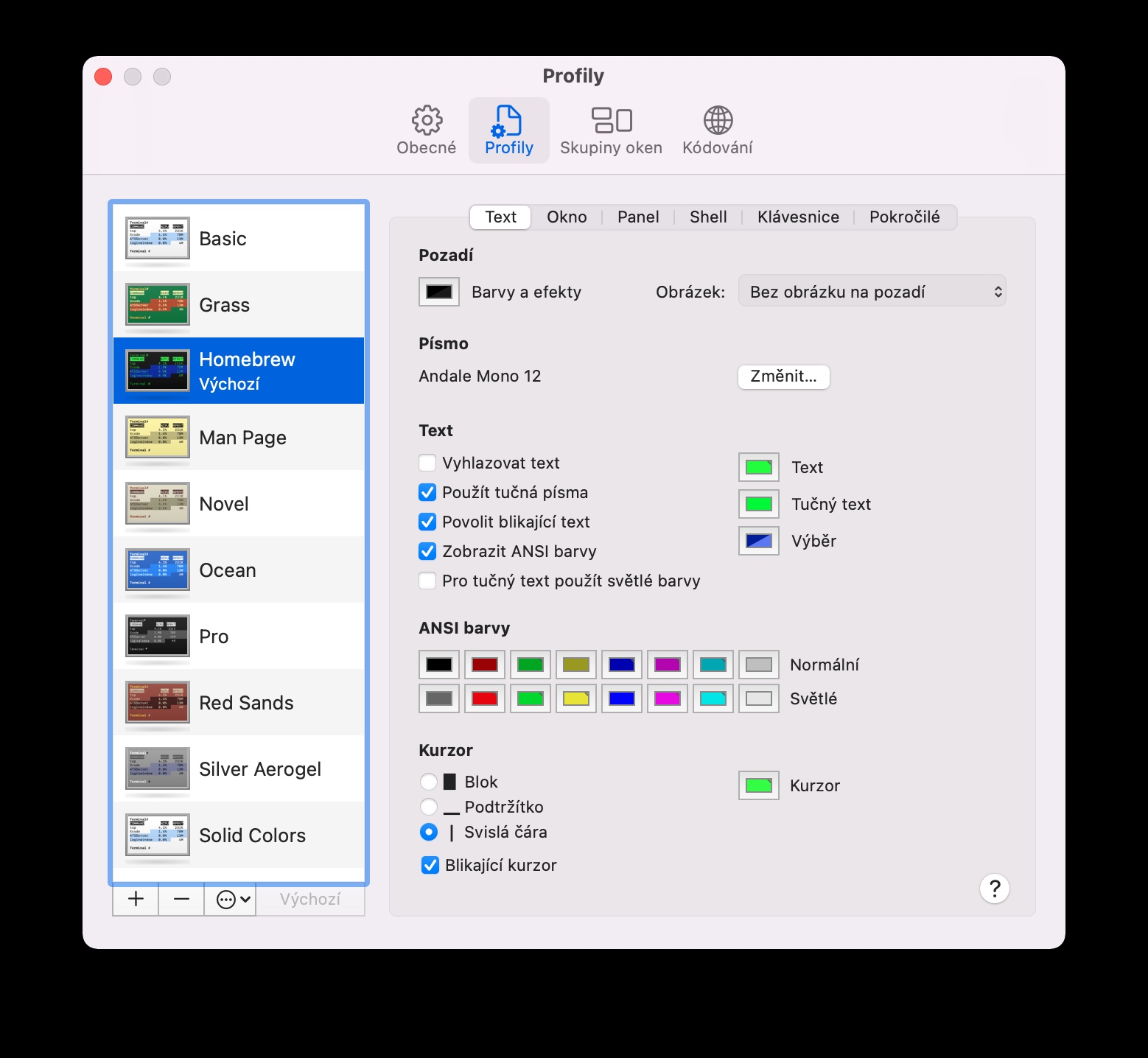
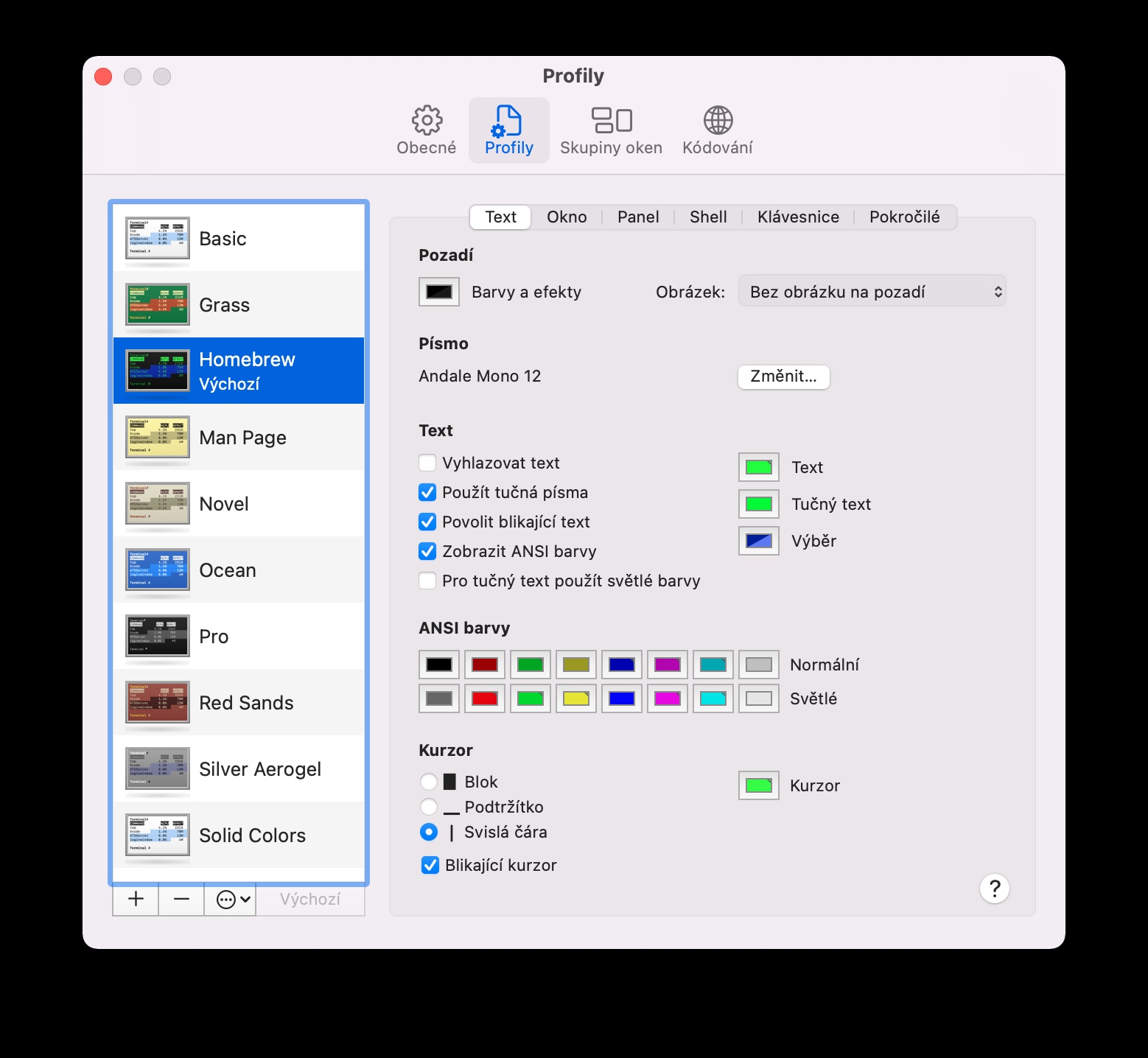
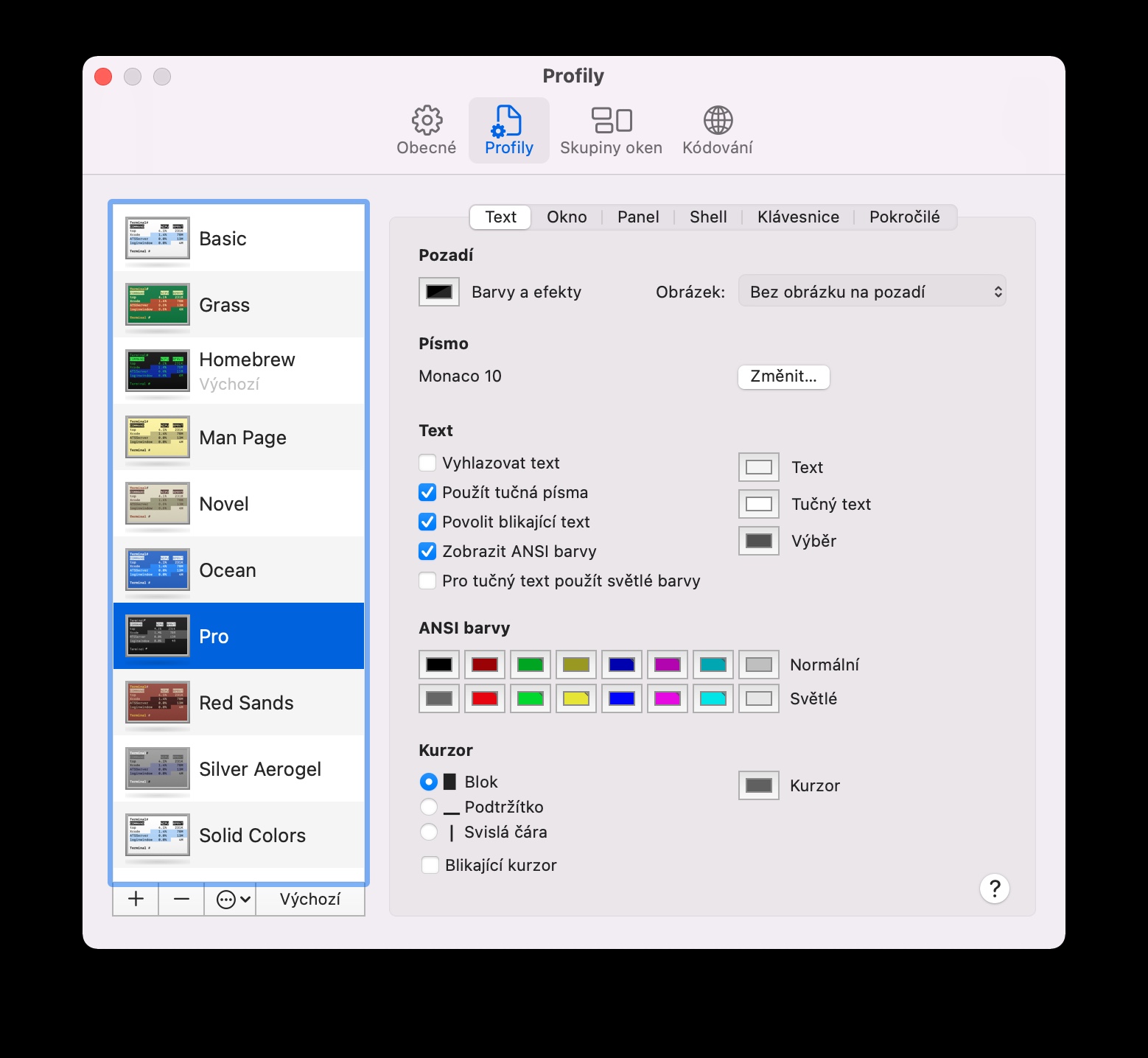
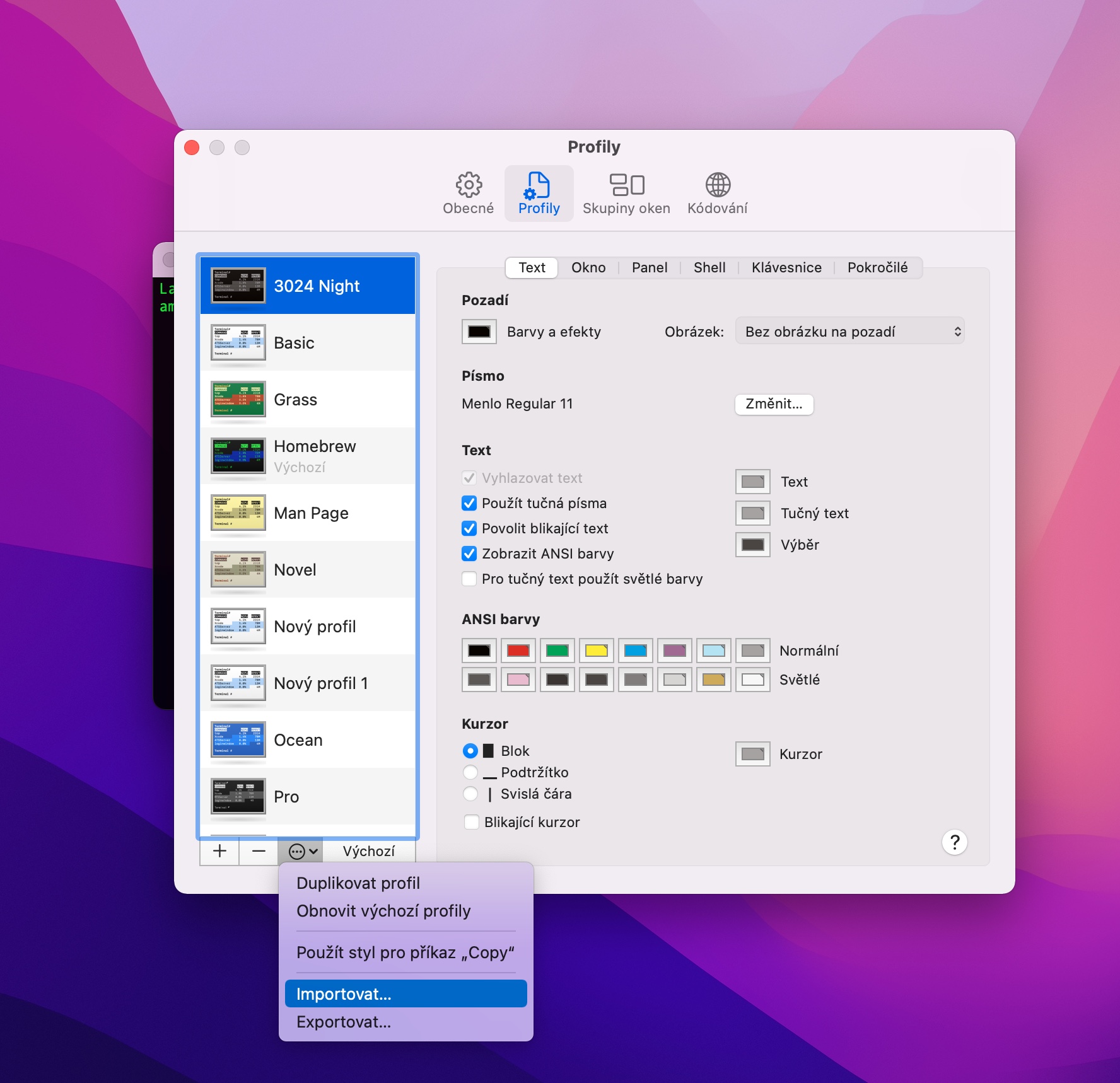
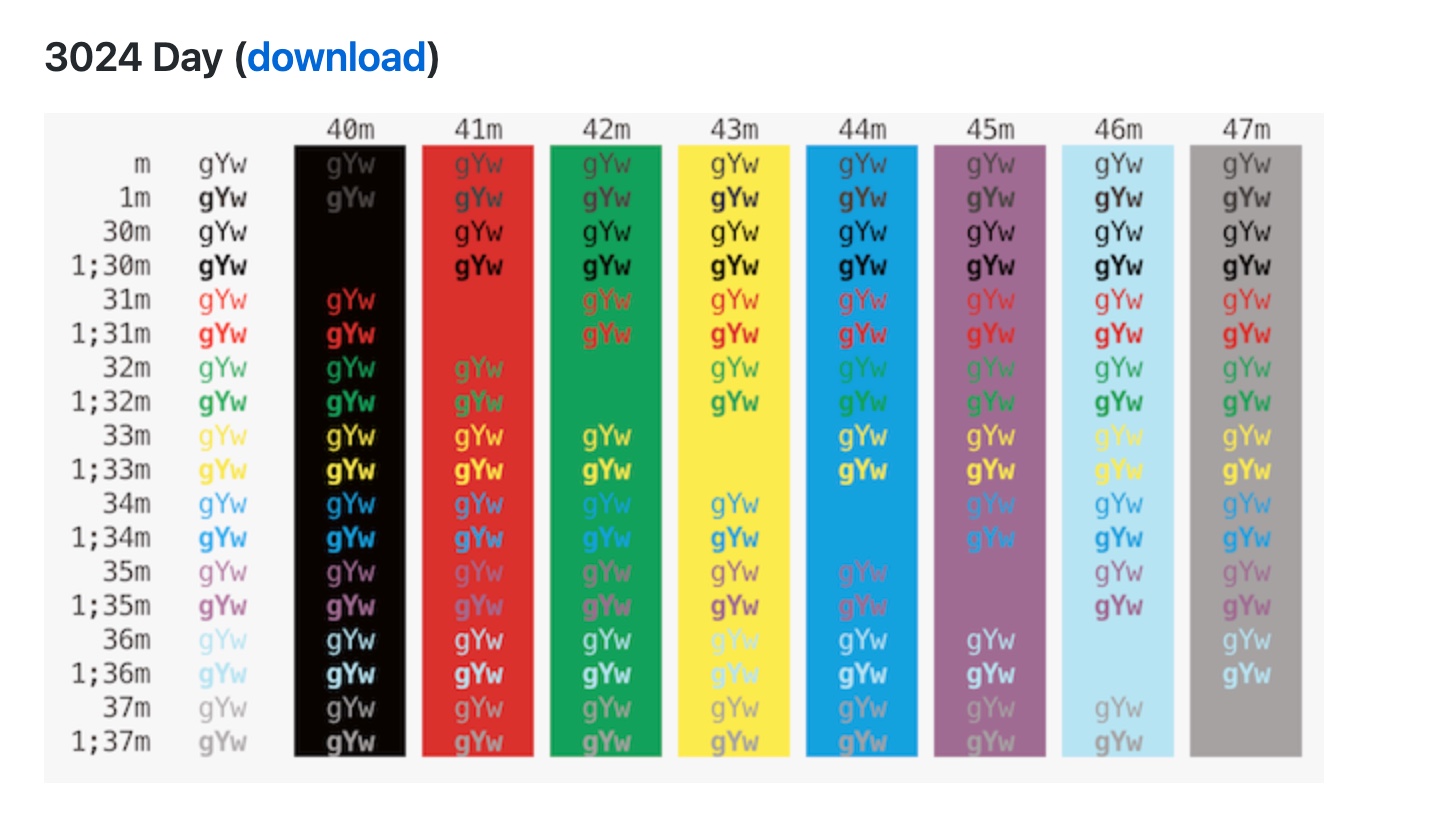

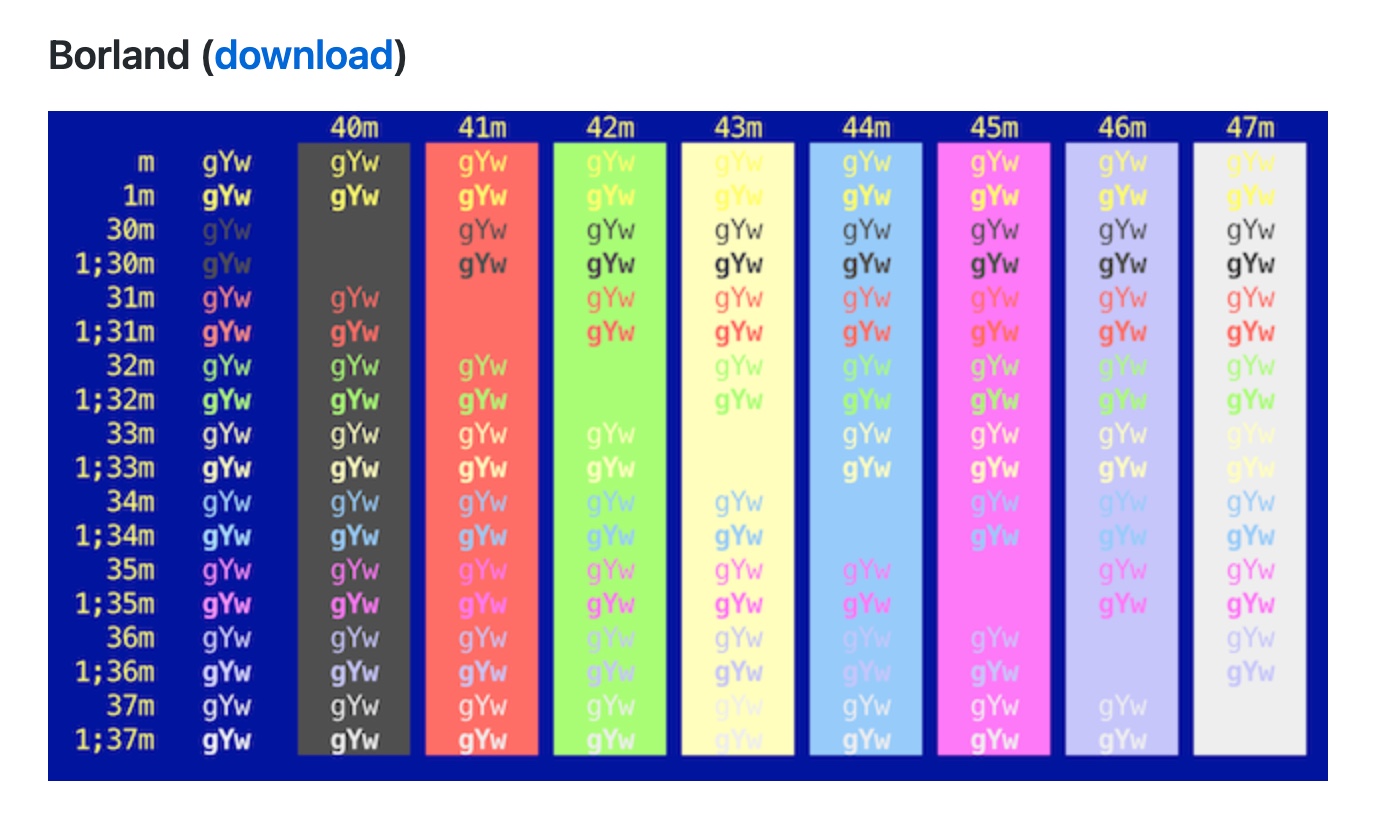
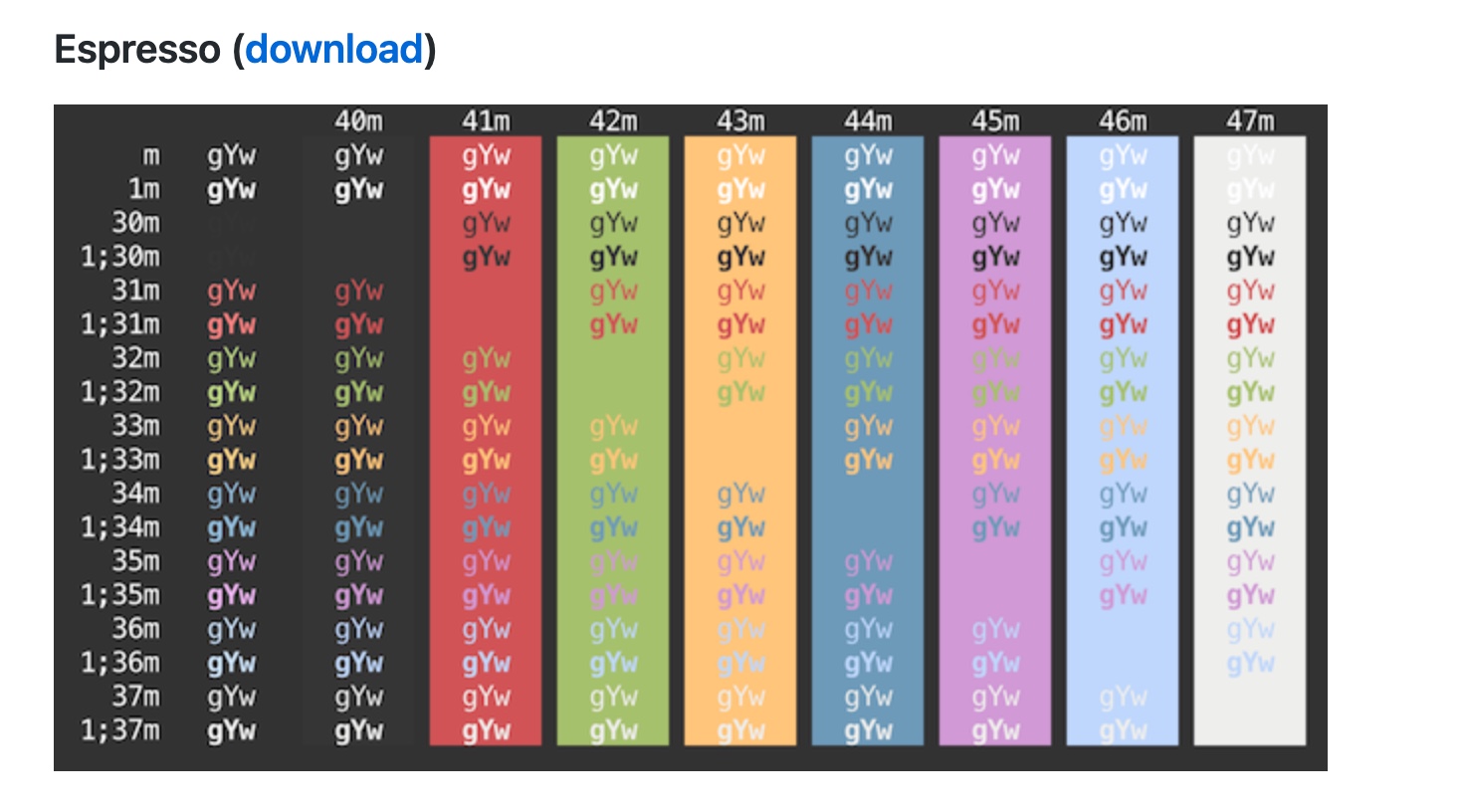
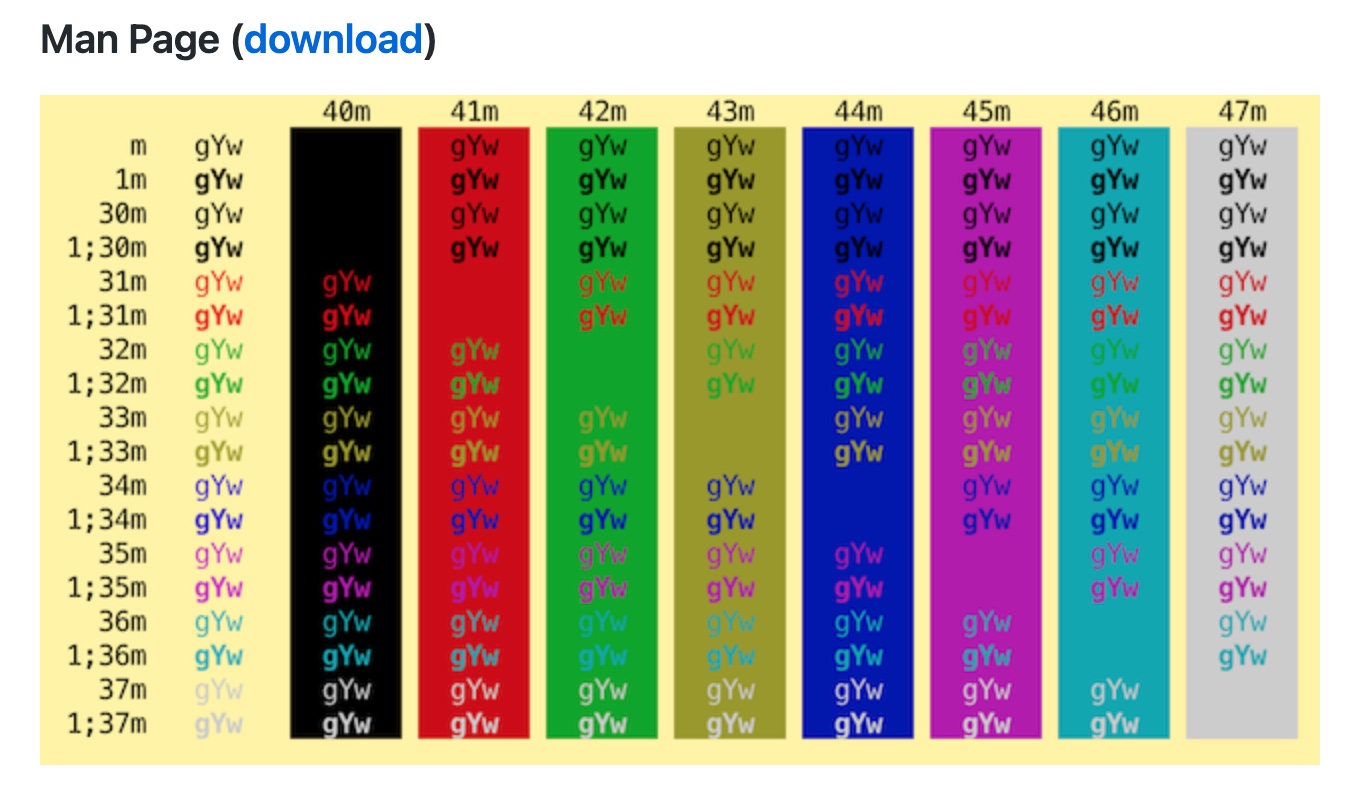
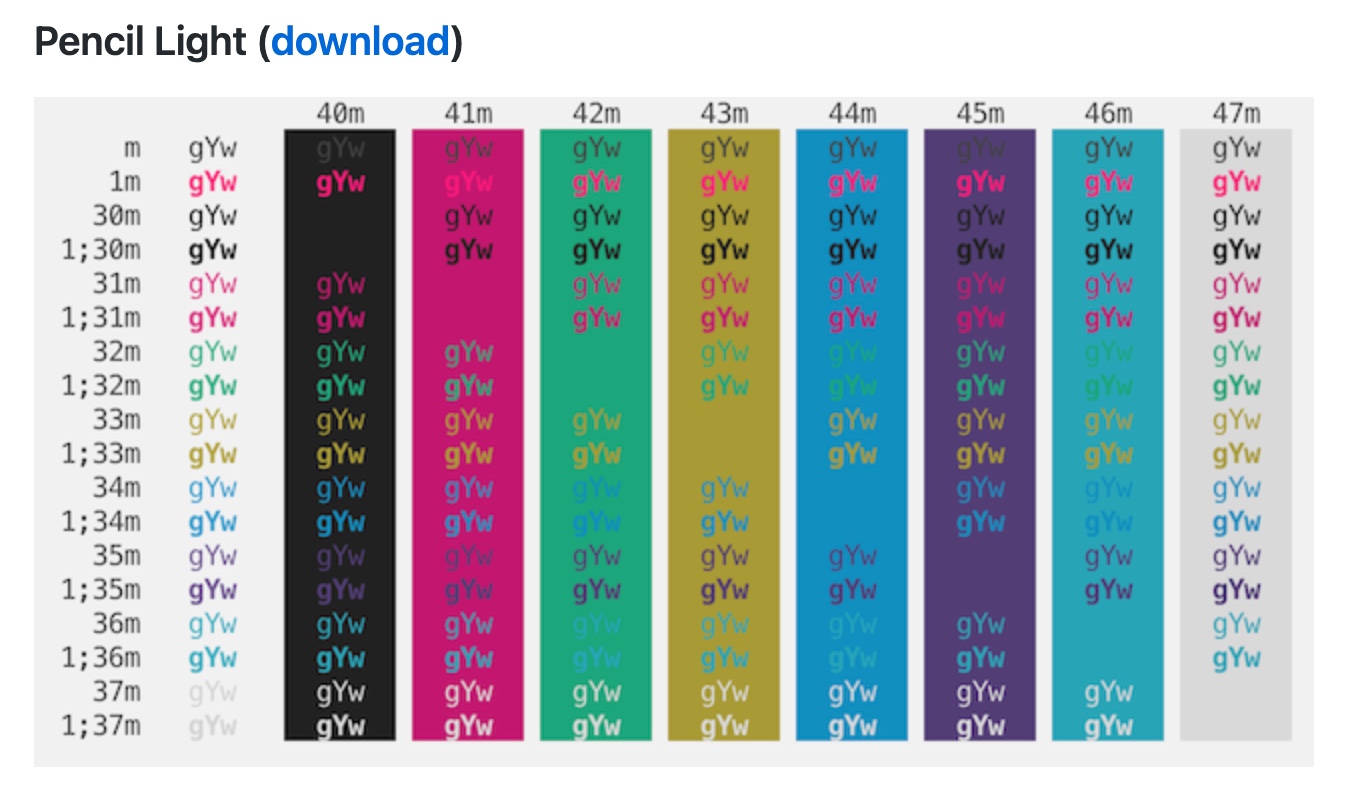
Well, that's a great initiative - it's sure to be welcomed by a lot of people.